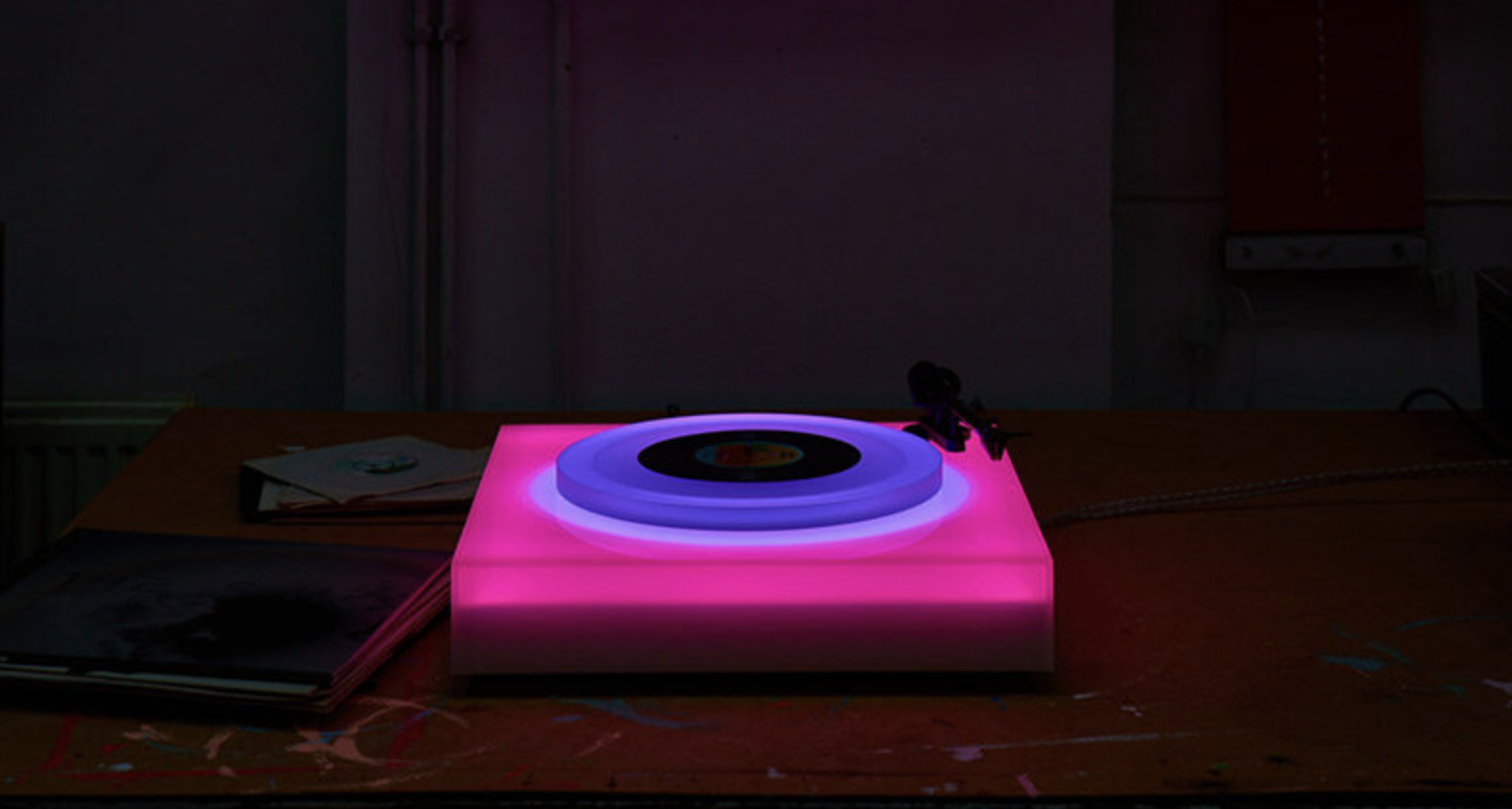“One pill makes you larger and one pill makes you small…”
Sometime in the summer of 2016, this isolated track of Grace Slick’s vocals for “White Rabbit”–probably the most famous Jefferson Airplane song and definitely one of the top ten psychedelic songs of the late ‘60s–popped up YouTube. As these things go, nobody took credit, but everybody on the Internet was thankful.
Drenched in echo, Slick sings with martial precision, completely in command of her vibrato and dipping and rising all through the Phrygian scale (also known as the Spanish or Gypsy scale.) And no wonder, the song was written in 1965 after an LSD trip at her Marin county home where Slick had listened to Miles Davis’ Sketches of Spain over and over again for 24 hours. Compare the original version to Davis’ track “Solea” to hear what I mean.
Bob Irwin, who was in charge of remastering Jefferson Airplane’s catalog in 2003, was the first to hear Slick’s isolated vocals after many, many years:
When you put up the multi- tracks of the performances to something like “White Rabbit” and isolate Grace’s vocal…you can’t believe the intensity in that vocal. It’s hair-raising, and absolutely unbelievable. I was telling Bill Thompson about that. It’s not that I’m so well-seasoned that nothing surprises me, but boy oh boy, when I put that multi up and I heard Grace’s vocal solo-ed—and it’s absolutely whisper-quiet, there’s not an ounce of leakage in there at all—-you can hear every breath drawn and the intensity and the concentration…
Interestingly, when Slick wrote the song, Airplane hadn’t started. Instead she was in a band called The Great Society, and the original jam version doesn’t do justice to the composition.
Rhythm guitarist David Minor recalled that the song came out of a songwriting request to the other members of the band.
“When we started working, nobody had anything because I couldn’t write any more,” he recalls. “I was too busy keeping up with my various jobs. So Grace’s husband Jerry challenged them: ‘What are you gonna do? Let David write all the songs?’ Y’know, ‘Do something!’. So Darby came back with a couple of songs and Grace came back with White Rabbit.”
When the Great Society fell apart, Jefferson Airplane chose Slick as their singer in 1966 and she brought with her “White Rabbit.” The rest is rock history, and a large part of the now-retired Slick’s income.
Note: An earlier version of this post appeared on our site in 2017. It’s a favorite, and today we’re bringing it back for an encore.
Related Content:
Jefferson Airplane Plays on a New York Rooftop; Jean-Luc Godard Captures It (1968)
Ted Mills is a freelance writer on the arts who currently hosts the artist interview-based FunkZone Podcast and is the producer of KCRW’s Curious Coast. You can also follow him on Twitter at @tedmills, read his other arts writing at tedmills.com and/or watch his films here.



